Name HMS Jervis Bay Acquired August 1939 Fate Sunk, 5 November 1940 Length 167 m Beam 21 m | Launched 1922, as SS Jervis Bay Commissioned October 1940 Type Armed Merchant Cruiser Draft 10 m | |
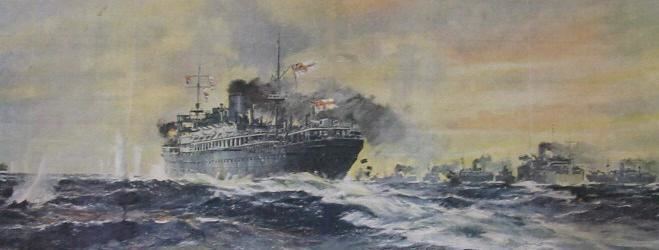 | ||
Hms jervis bay survivors 1940
HMS Jervis Bay was a British liner later converted into an armed merchant cruiser, pennant F40. She was launched in 1922, and sunk on 5 November 1940 by the German pocket battleship Admiral Scheer.
Contents
- Hms jervis bay survivors 1940
- Hms jervis bay charlie dove interview
- Design
- Service history
- Memorials
- References
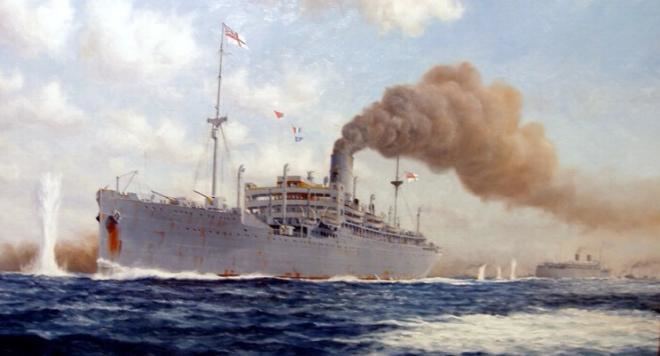
Hms jervis bay charlie dove interview
Design
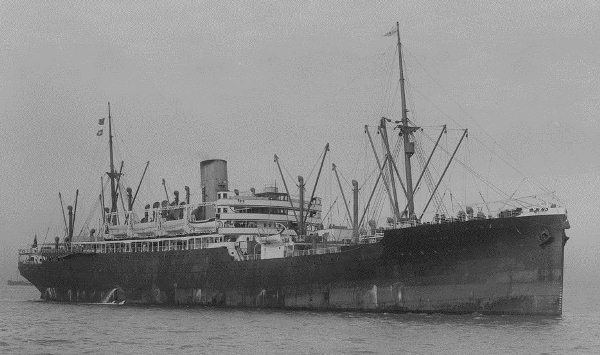
The ship was launched as the Aberdeen & Commonwealth Line steamer Jervis Bay, named after the Australian bay of that name (the line named all its ships after bays). She was requisitioned by the Royal Navy in August 1939 at the outbreak of the Second World War, and armed with seven 1898-vintage 6 in (150 mm) guns and two 3 in (76 mm) guns of 1894 design.
Service history
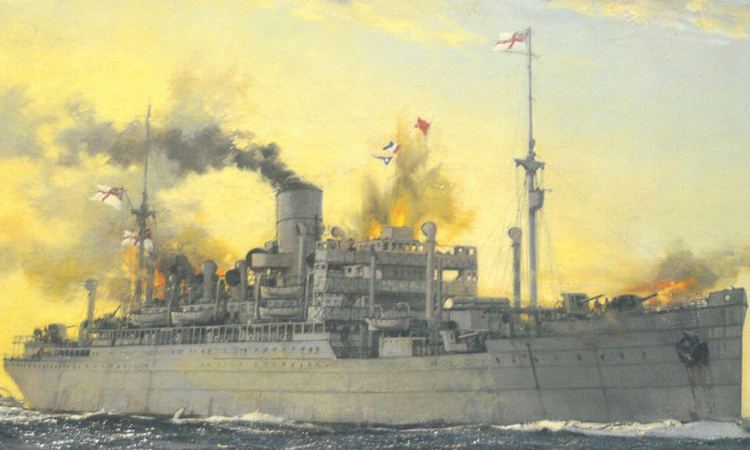
After her acquisition and commissioning, Jervis Bay was initially assigned to the South Atlantic station before becoming a convoy escort in May 1940. Given brief repairs at Halifax, Nova Scotia, she became the sole escort for the 37 merchant ships of Convoy HX-84 from Halifax, Nova Scotia to Britain.
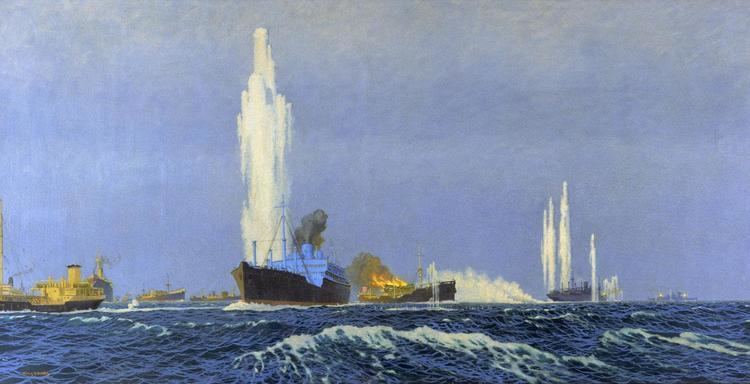
When the convoy encountered the German warship Admiral Scheer about 755 nautical miles (1,398 km) south-southwest of Reykjavík, the Captain of Jervis Bay, Edward Fegen, ordered the convoy to scatter, and set his own ship on a course towards the German warship to draw its fire. Jervis Bay was hopelessly outgunned and outranged by the 28 cm (11 inch) guns of the German ship, but it attacked the larger ship with its guns, firing more to distract the German ship from the merchantmen than with hopes of doing any damage. Although the German's shells ravaged the Jervis Bay, and Fegen was wounded and many crew killed, Fegen and the surviving crew fought on until their ship was sunk. Captain Fegen, and many of the crew, went down with the ship.

Jervis Bay's sacrifice bought enough time for the convoy to begin to scatter. Further time was bought by the freighter SS Beaverford which engaged Admiral Scheer for over four hours. In the end the German cruiser was only able to sink five merchant ships and the remainder of the convoy escaped.
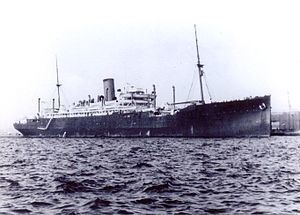
Sixty-eight survivors of Jervis Bay's crew of 254 were picked up by the neutral Swedish ship Stureholm (three later died of their injuries). Guy Byam was one of the survivors of the sinking, he was later killed while covering an air raid over Germany for the BBC.
Captain Fegen was awarded a posthumous Victoria Cross as a result of this action. The citation for his award reads:
Memorials
There is a monument to Jervis Bay at Albouy's Point, in Hamilton, Bermuda, from where Jervis Bay had departed on her final mission. Bermuda was a formation point for trans-Atlantic convoys in both World Wars. There is a monument to Captain Fegen and the crew of Jervis Bay at Ross Memorial Park in Saint John, New Brunswick, Canada. This is the port where she was refitted for war service in the summer of 1940. In 2006 the Scottish town of Wick erected a plaque to the Caithness members who died in the sinking of the ship. The ship was crewed extensively from Caithness, and Wick in particular.
There was also a monument in London. The main room of the Merchant Navy Hotel (closed, 2002) was known as the "Jervis Bay Room", and included a display detailing the action. It was the custom for everyone entering the room to salute the display.
The Australian poet Michael Thwaites wrote a ballad about Jervis Bay in 1941, while he was serving as a naval officer in the Atlantic. It can be read in The Faber Book of War Poetry.
The final action of Jervis Bay was portrayed in the movie San Demetrio London, released in 1943, regarding the tale of heavy damage and subsequent survival of MV San Demetrio, one of the vessels of Convoy HX-84. The encounter between Jervis Bay and Admiral Scheer is also narrated in a short story in Alistair MacLean's book "The Lonely Sea". Jervis Bay is also commemorated by the Jervis Bay Memorial Pipe Band, located in Saint John, New Brunswick, Canada.
The ship is featured as a model in Scarborough's "Naval Warfare" holiday show, which takes place in the summer at Peasholm Park; in the show the ship fights off an enemy battleship and submarine.
It is also the subject of issue 47 of Hitman and in volume 6 of the collection, which the protagonists take as an example of how to live.
